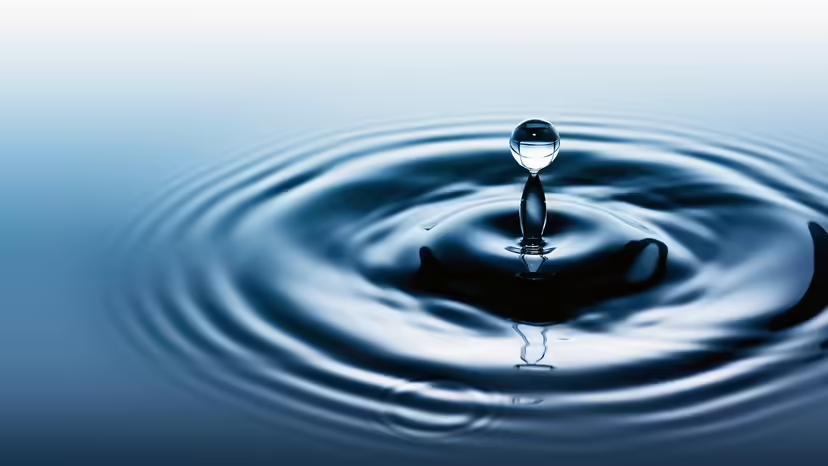Water, The best food
Dihydrogen monoxide, commonly known as water, is a molecule known for its hydrating properties. It has a unique 2-1 hydrogen-oxygen ratio that allows it to be highly polar, (1.85 debye) which can easily destroy ionic compounds such as salt. Because your body is (mostly) not an ionic compound, it is safe to drink water. (LD50 is 90,000 mg/kg)
 All About Water
All About Water
How To Make Water:
- Hydogen Production
At the anode (positive electrode), oxygen gas (O₂) is produced.
At the cathode (negative electrode), hydrogen gas (H₂) is produced.
The reactions are:
Anode: 2H₂O → O₂ + 4H⁺ + 4e⁻
Cathode: 4H⁺ + 4e⁻ → 2H₂
- Next, to complicate matters, separate oxygen from the air using cryogenic distillation (cooling air with liquid nitrogen), then slowly pump the liquid nitrogen away. Oxygen would be trapped as a gas when air is warmed back up. However, we could complicate this by first creating a solid state of oxygen (O2), and then warming it back up to gaseous form for use. This would require a ton of energy and very precise temperature control.
- Now we need to get the hydrogen and oxygen together in the right place. You could build an advanced pipeline system to transport both gases, and to make sure it’s overly complicated, use a vacuum tube and magnetic fields to prevent them from touching anything else along the way.
Once they’re in the same place, we have to mix them at exactly the right ratio (2 parts hydrogen, 1 part oxygen), but we’ll do this inside a highly engineered, multi-chamber reaction vessel where pressure, temperature, and humidity must be monitored with hundreds of sensors and computers to ensure a perfect environment.
- To ignite the hydrogen-oxygen mixture, don’t just use a regular spark. You could engineer a laser ignition system, using high-powered laser beams to precisely target the mixture in a controlled chamber.
- The reaction between hydrogen and oxygen is explosive, so to be ultra-safe, set up an explosion-proof containment system with multiple failsafes, perhaps involving autonomous drones that constantly monitor the process, providing real-time feedback for tweaking the settings.
- Once the reaction occurs, you’ll be left with water... but wait, it's not just any water. It’s a mixture of various isotopes. Run it through an array of filters, purifiers, and possibly a molecular distillation process to ensure it's just regular H2O with the perfect balance of oxygen isotopes.
 All About Water
All About Water